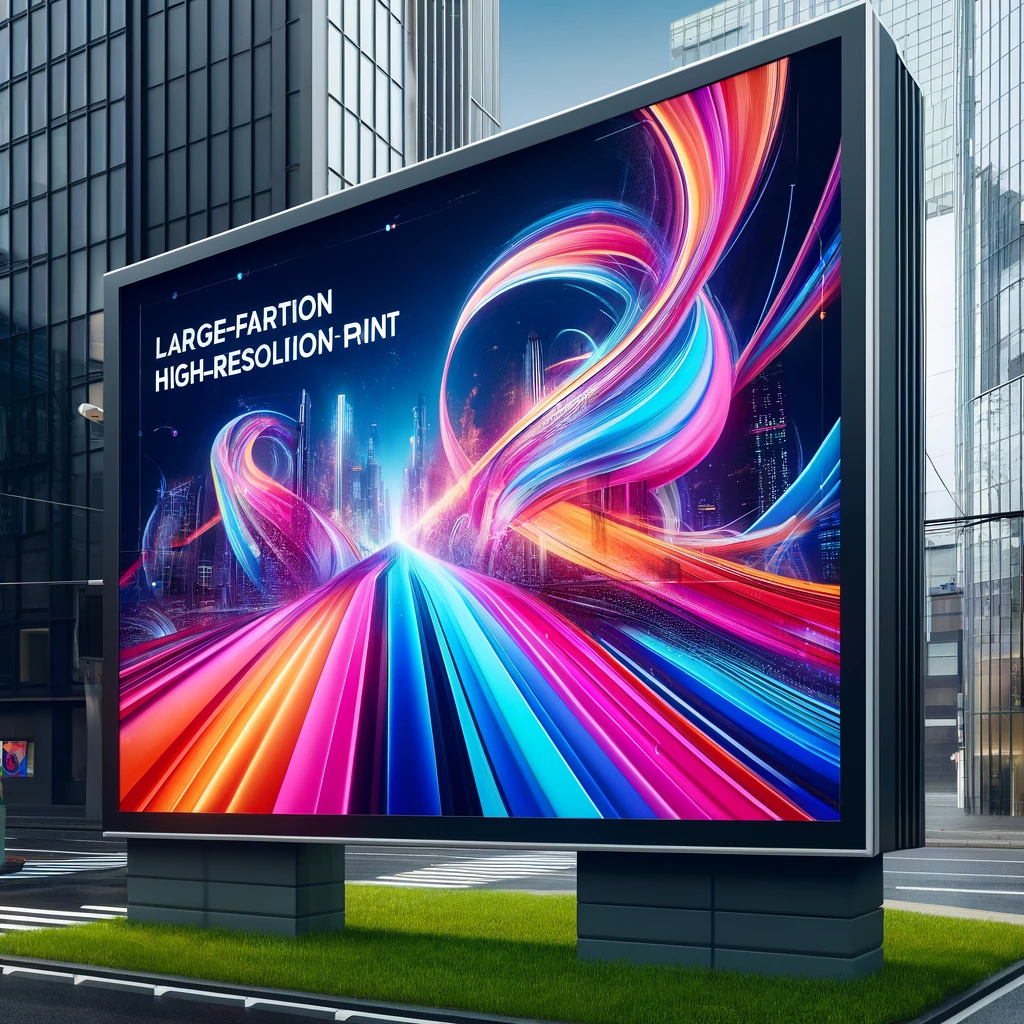The Importance of High-Resolution Images in Print
Posted by bannerNprint on Jun 07, 2024
Introduction
In the competitive world of print advertising, the quality of images can make or break campaigns. High-resolution images are essential for creating visually appealing and effective print materials. High-resolution images are characterized by a high number of pixels, which translates into greater detail and sharpness. These images are typically at least 300 DPI, making them suitable for professional printing. Low-resolution images, on the other hand, are often less than 300 DPI and can appear pixelated or blurry when printed. Blurry images can hinder the delivery of accurate information.
Why High-Resolution Images Are Important
1. Professional Appearance
High-resolution images ensure that printed materials look professional. Clear and vibrant images, such as banners, flyers, and brochures, convey quality and attention to detail, which positively reflects on the brand. The clarity of an image can also create the perception that the material is from a reliable, high-quality brand. Consistent use of high-resolution images throughout printed materials helps build trust with the audience, demonstrating your commitment to quality and professionalism.
2. Effective Communication
High-resolution images can effectively convey messages. Detailed visuals can deliver complex information quickly and clearly, making print advertisements more effective. Blurry images can obscure the message you want to convey, negatively impacting print advertisements. This is why using high-resolution images is crucial in print advertising.
3. Improved Visual Appeal
Print materials with high-resolution images are more visually appealing. Clear and vivid images draw attention and engage viewers, increasing the likelihood that messages will be noticed and remembered. Through clear images, brands and products can be effectively recognized by consumers, paving the way to sales.

DPI's Role in Printing
Understanding DPI is critical for effective print advertising. DPI, or dots per inch, measures an image's resolution. Higher DPI means more detail and better print quality. For professional printing, images should be at least 300 DPI. Lower DPI images may look acceptable on screens but can appear pixelated or blurry when printed. Therefore, checking the image DPI when preparing prints for printmakers is a key step in achieving high-quality results.
Choosing the Right Images for Printing
1. Source High-Quality Images
Use professional photos or high-quality stock images for printed materials. Ensure that the images are high-resolution and suitable for printing. If the image's resolution is low, you can adjust the image's resolution using programs such as Photoshop. However, it is best to choose the highest resolution of the original image.
2. Optimizing Images for Printing
Before printing, optimize your images by adjusting the resolution and size. Ensure your images are saved in the correct format (e.g., TIFF or JPEG) and meet the basic requirements of the company you are using. Each company has specific requirements to produce the best quality prints. Following these requirements can help you achieve good print results.
3. Check the Color Profile
Make sure your images are in the correct color profile (CMYK) for printing. This helps maintain color accuracy and consistency in your printed materials. Using incorrect color profiles can reduce color consistency. To avoid disappointment, check the color profiles carefully before handing over the files to the printing company.

Common Pitfalls to Avoid
1. Using Low-Resolution Images
Do not use images below 300 DPI for printing. Low-resolution images can appear blurry and unprofessional, reducing the impact of your printed materials. Aim to use as many high-resolution images as possible and deliver them to the printmakers.
2. Ignoring Image Quality
The importance of image quality should not be overlooked. Poor-quality images can detract from the overall effect of your print materials, regardless of their quality. No matter how well-designed your print material is, poor image quality can make it look subpar.
3. Not Checking Print Proofs
Always check print proofs before completing your print order. Test prints can help you identify issues that may not be visible on your computer. If there are any problems with image quality or resolution, you will have the opportunity to correct them before printing in bulk. Checking the quality and design results before final printing ensures high-quality final prints.
Conclusion
High-resolution images are the cornerstone of effective print advertising. They enhance visual appeal, communicate messages clearly, and contribute to a professional and reliable brand image. By understanding the importance of DPI, choosing the right images, and avoiding common pitfalls, you can create print materials that make a lasting impact. Include these insights in your print advertising strategy to achieve better results and create truly standout materials. Remember, the quality of images in print ads can greatly affect the success of your campaign.

